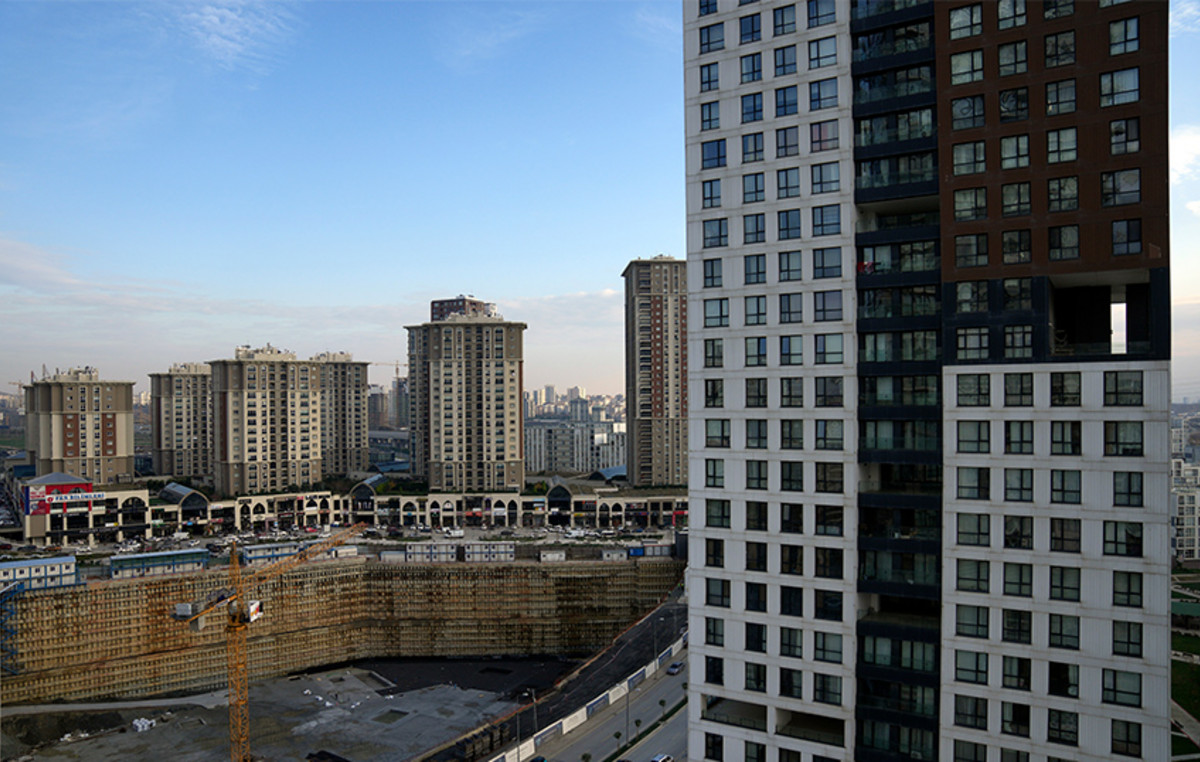Brazil has again recorded an increase in Covid-19 cases in recent weeks. Between May 22 and 28, the country had the worst epidemiological week of cases of the disease since March this year. In the first five months of 2022, 8,693,140 people were infected with the disease and 47,620 deaths were recorded.
In January, the Ministry of Health reduced the period for the isolation of mild and moderate cases of Covid-19 from ten to seven days. O isolation must be done for seven days as long as the person does not have respiratory symptoms and fever for at least 24 hours and without the use of antipyretics.
The understanding of isolation is the separation of infected from uninfected individuals during the period of transmissibility of the disease. In this period, it is possible to transmit the virus in conditions to infect another person.
Learn what are the main recommendations for anyone who has received a positive test for the infection caused by the new coronavirus.
five days isolation
The Ministry of Health advises that anyone carrying out testing (molecular diagnosis or rapid antigen test) for Covid-19 with negative result on the 5th day you can leave the isolation before the period of seven days, as long as you do not have respiratory symptoms and fever, for at least 24 hours, and without the use of antipyretics.
If the result is positive, it is necessary to remain in isolation for 10 days from the onset of symptoms.
The US Centers for Disease Control and Prevention (CDC) has reduced the recommended isolation time in case of a positive result for Covid-19 from ten to five days for asymptomatic people.
The decision, published by the CDC in December 2021, reinforces the need to wear masks for at least five more days when those infected are close to other people.
“The change is driven by science demonstrating that most transmission of SARS-CoV-2 occurs early in the course of the disease, usually 1-2 days before the onset of symptoms and 2-3 days after,” the CDC said. in note.
seven days isolation
For those who don’t 7th day they still have symptoms , testing is mandatory, according to the ministry. If the result is negative, the person must wait 24 hours without respiratory symptoms and fever, and without the use of antipyretic, to leave the isolation.
With a positive diagnosis, the isolation for at least ten days counted from the onset of symptoms, being released from isolation as long as they do not present respiratory symptoms and fever, and without the use of antipyretic, for at least 24 hours.
ten days isolation
Anyone who has not been tested until the 10th day or who had a positive test on the fifth or seventh day, but has no respiratory symptoms and fever, and has not used antipyretic for at least 24 hours, will be able to leave isolation at the end of the 10th day. day.
For all cases in which isolation is ended on the 5th or 7th day, people must maintain additional measures until the 10th day, such as the use of masks, hand hygiene, avoid contact with immunocompromised people or who have risk factors. for the aggravation of Covid-19 (see other guidelines in the gallery ).
Other recommendations
The CDC advises that people who test positive for Covid-19 should:
- Notify anyone you’ve had contact with, so they know they may have been exposed
- monitor symptoms
- Keep away from other people at home and also from pets
- Not sharing personal items such as towels, cutlery and cups
- Wear a mask when you are around other people
Check out guidelines from the Ministry of Health in the face of the diagnosis of Covid-19
Source: CNN Brasil







